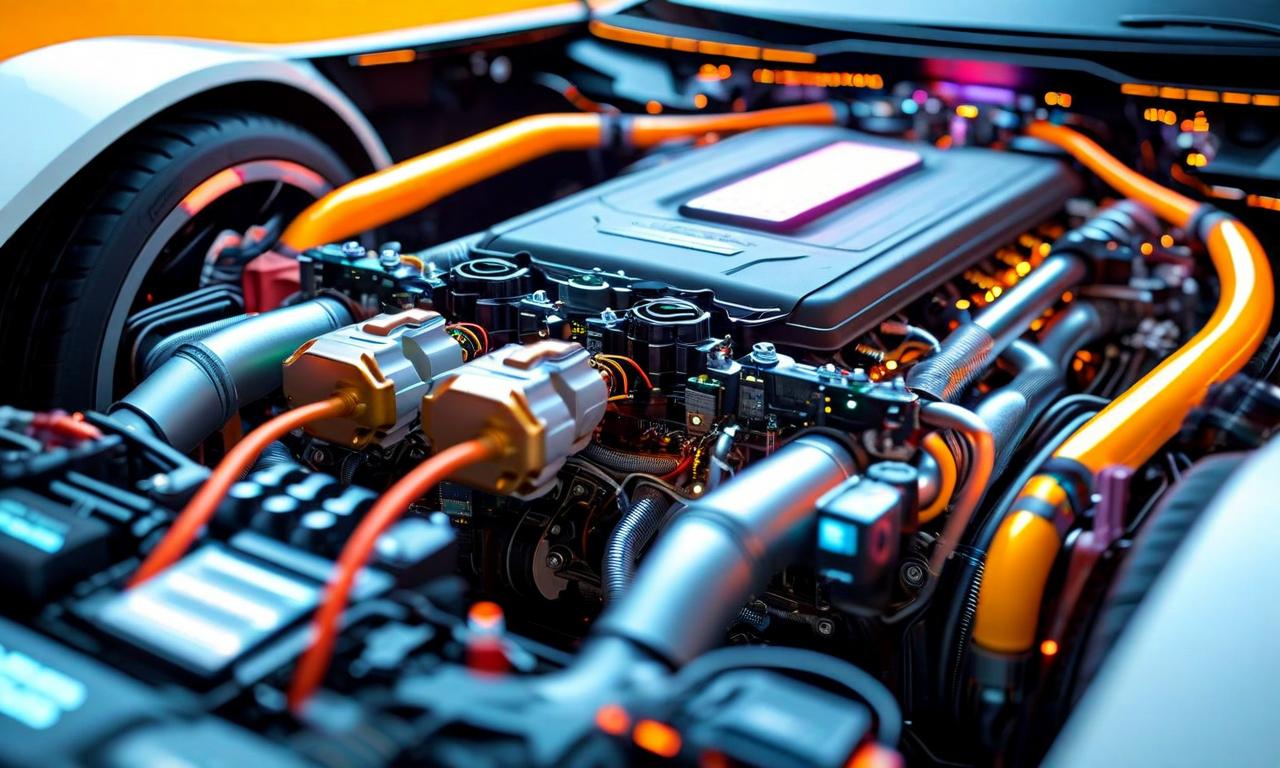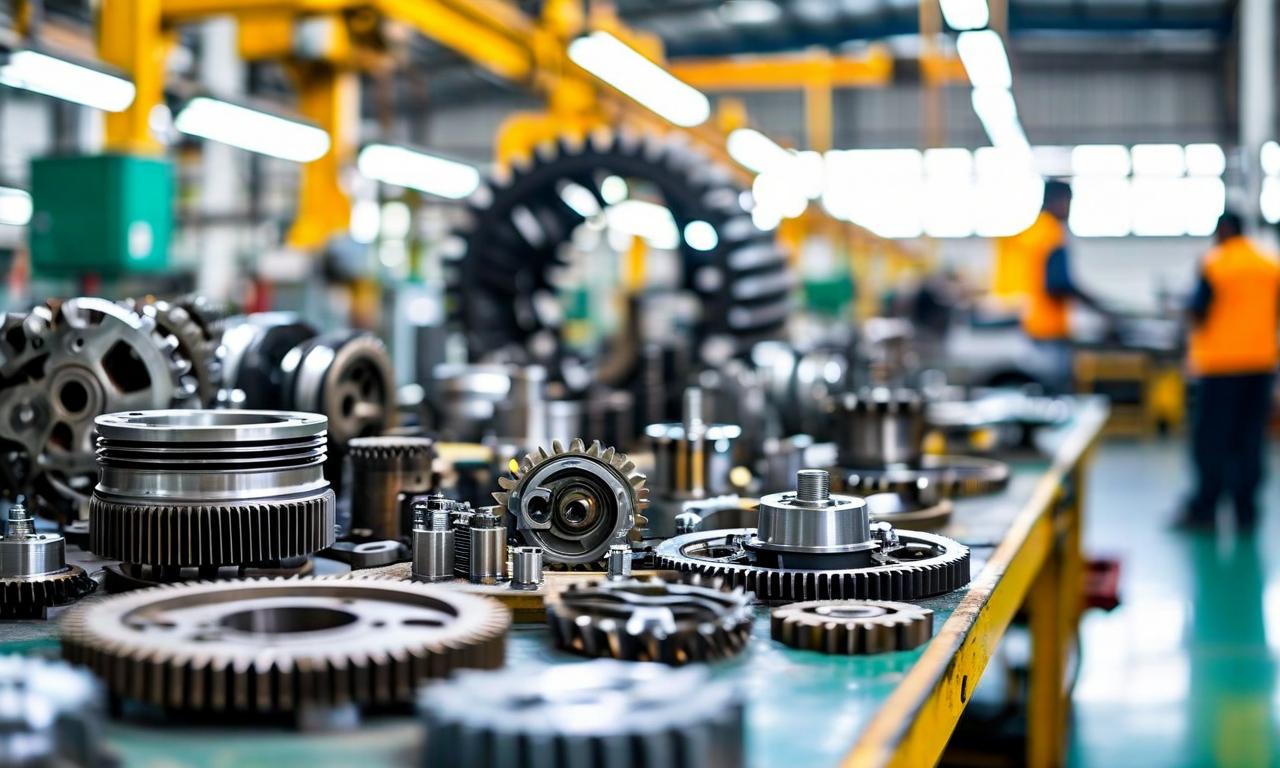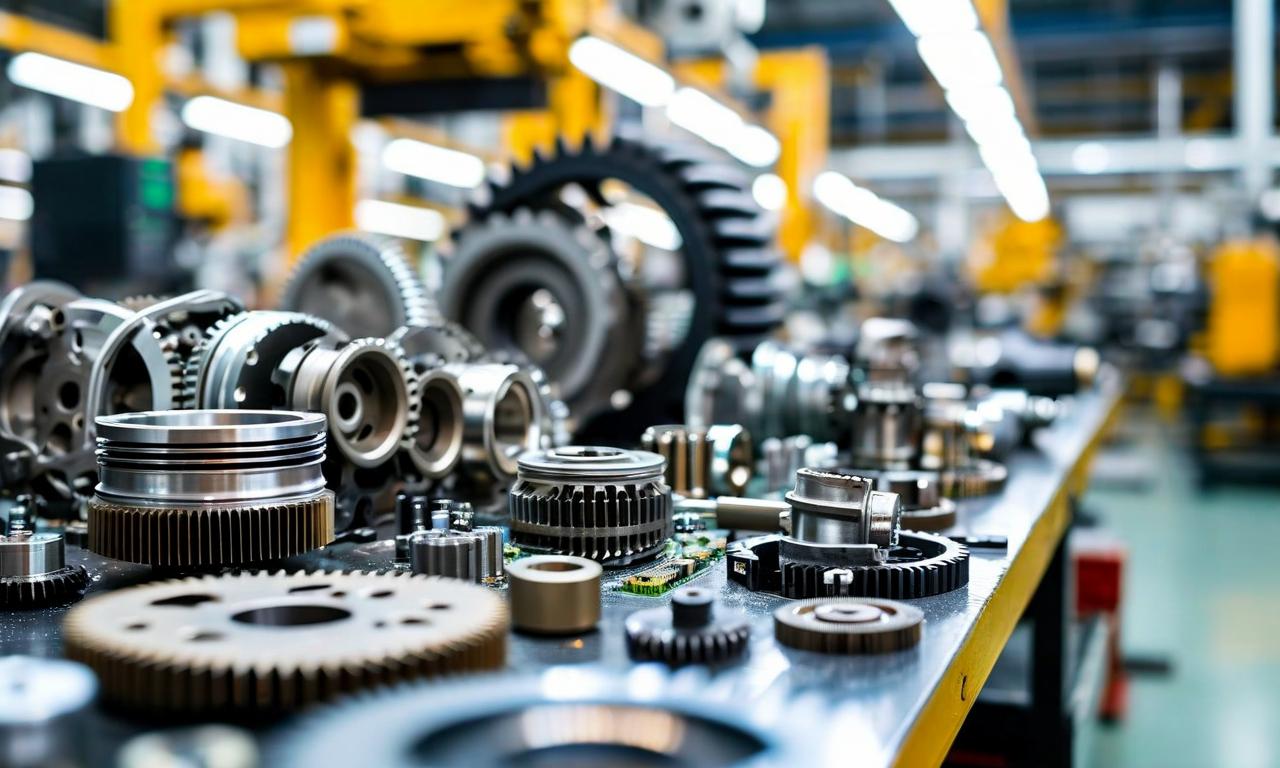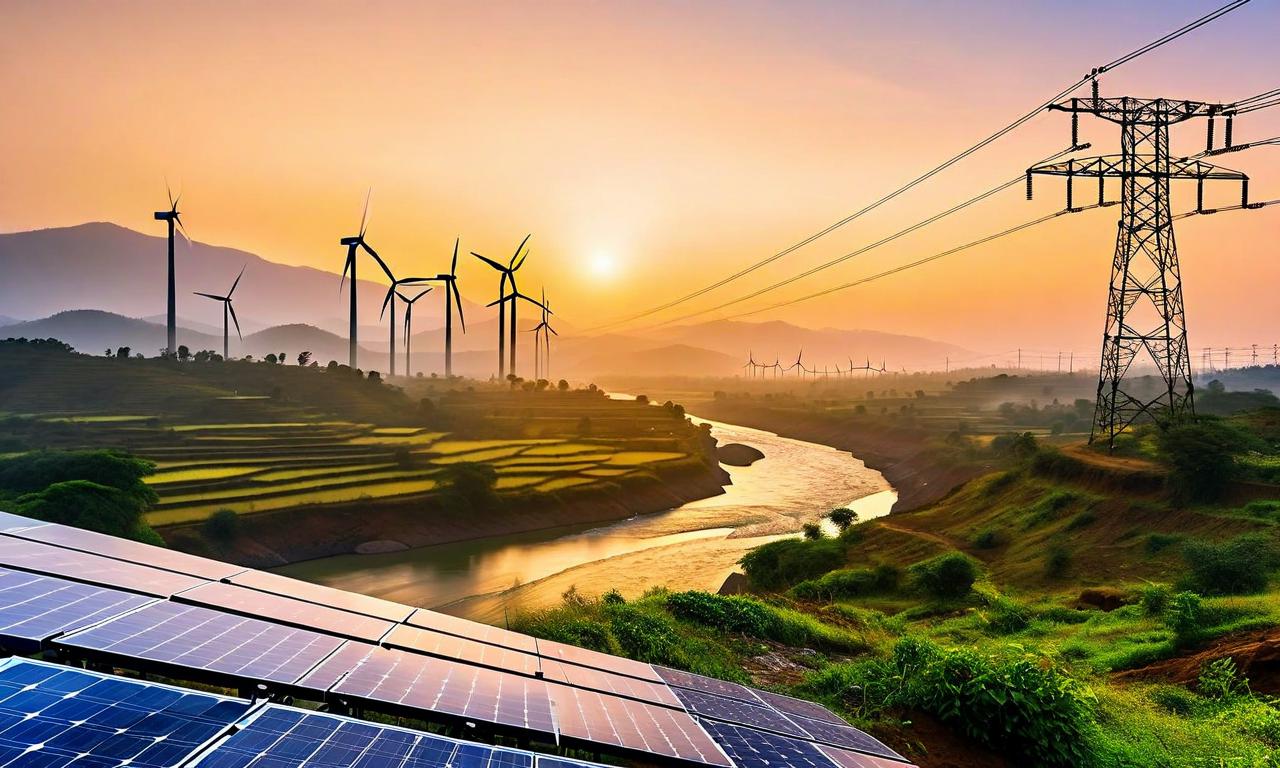Auto Ancillary Sector Navigates Transformation Amid EV Boom and Emission Regulations
The auto ancillary sector is undergoing significant changes driven by stricter emission regulations, supply-chain localization, and the shift towards electric vehicles. Companies face challenges in product redesign, business strategy overhaul, and balancing mechanical reliability with environmental responsibility. The transformation presents opportunities for innovation in green technologies and growth in the EV component market. Success in this evolving landscape will depend on the industry's ability to adapt products, strategies, and invest in R&D.

*this image is generated using AI for illustrative purposes only.
The auto ancillary sector is undergoing a significant transformation, driven by evolving global trends and environmental concerns. This shift is reshaping the industry's traditional growth drivers and compelling manufacturers to adapt to new realities.
Key Factors Driving Change
Stricter Emission Regulations: Governments worldwide are implementing tougher emission norms, pushing the industry to develop cleaner technologies.
Supply-Chain Localization: Global trends are favoring local supply chains, impacting the sector's operational strategies.
Electric Vehicle (EV) Transition: The accelerating shift towards EVs is fundamentally altering the demand for auto components.
Challenges and Adaptations
The auto ancillary sector faces several challenges in this evolving landscape:
Product Redesign: Companies must reimagine their product offerings to align with new environmental standards and EV requirements.
Business Strategy Overhaul: Firms are compelled to reconsider their business models to remain competitive in the changing market.
Balancing Act: Manufacturers need to strike a balance between mechanical reliability and environmental responsibility.
Industry Outlook
The transformation presents both challenges and opportunities for the auto ancillary sector:
| Aspect | Challenge | Opportunity |
|---|---|---|
| Technology | Adapting to EV-specific components | Innovation in green technologies |
| Market | Potential decline in ICE-related parts | Growth in EV component market |
| Regulations | Compliance with stricter norms | Leadership in sustainable practices |
| Supply Chain | Disruption of existing networks | Development of localized supply chains |
As the industry navigates these changes, companies that can successfully adapt their products and strategies are likely to emerge as leaders in the evolving auto ancillary landscape. The sector's ability to innovate and respond to these challenges will be crucial in shaping its future trajectory.
This transformation underscores the need for auto ancillary companies to invest in research and development, forge new partnerships, and potentially diversify their product portfolios to thrive in an increasingly electrified and environmentally conscious automotive world.
































